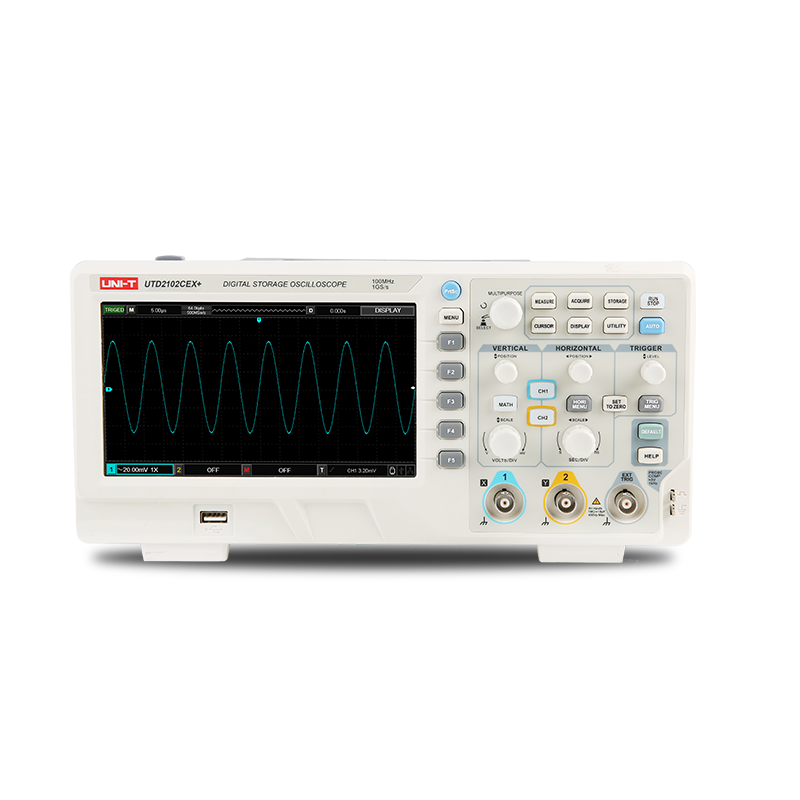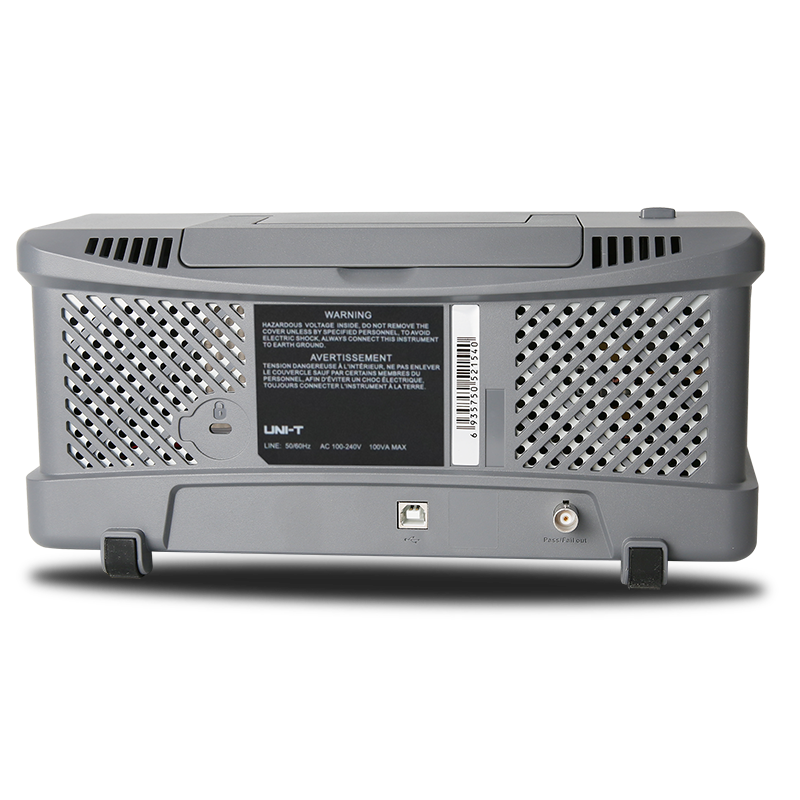SOLUTIONS & PRODUCTS
Products



BUY | QUOTE
BUY | QUOTE
English
International



BUY | QUOTE

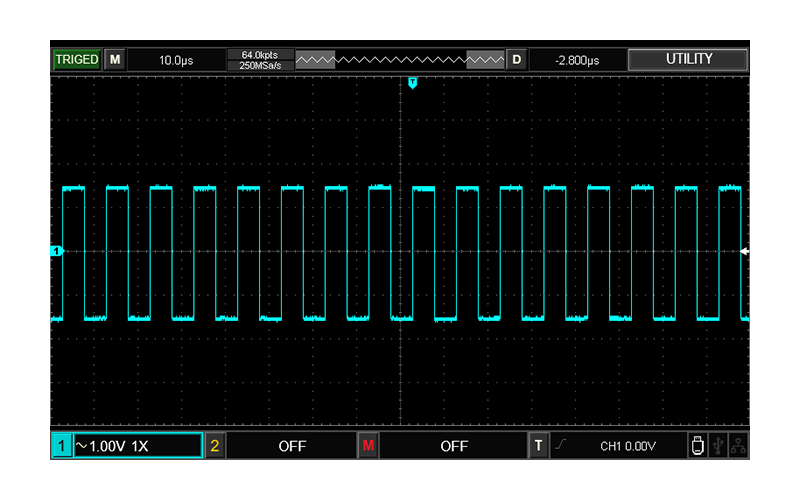
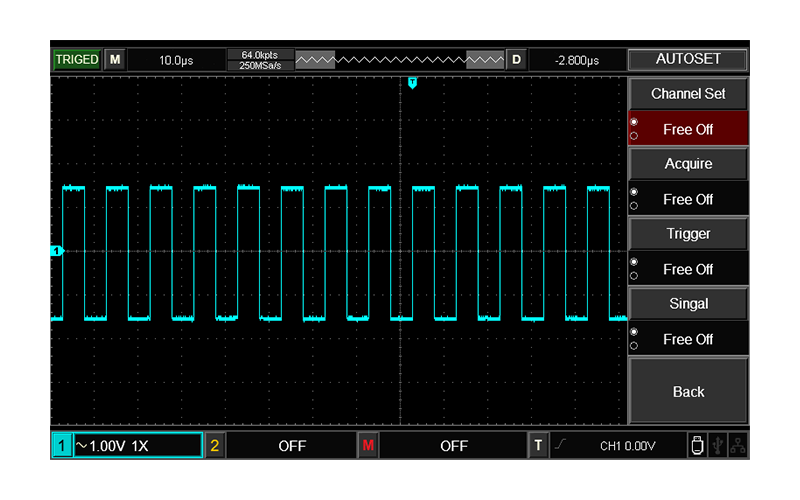
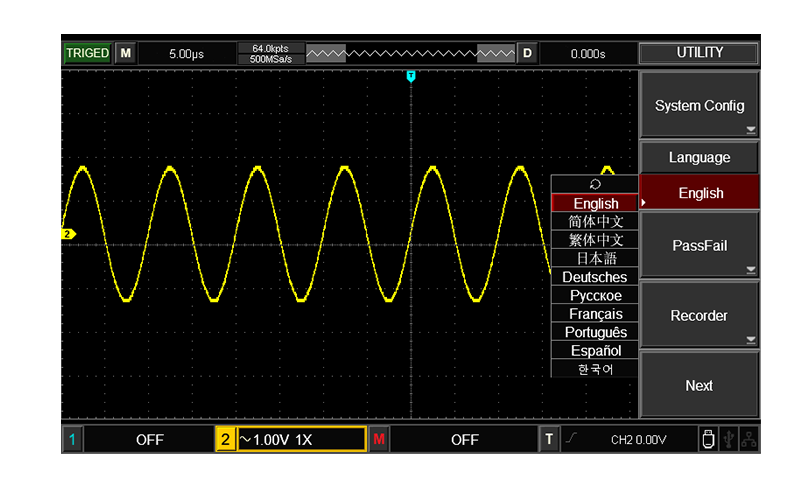
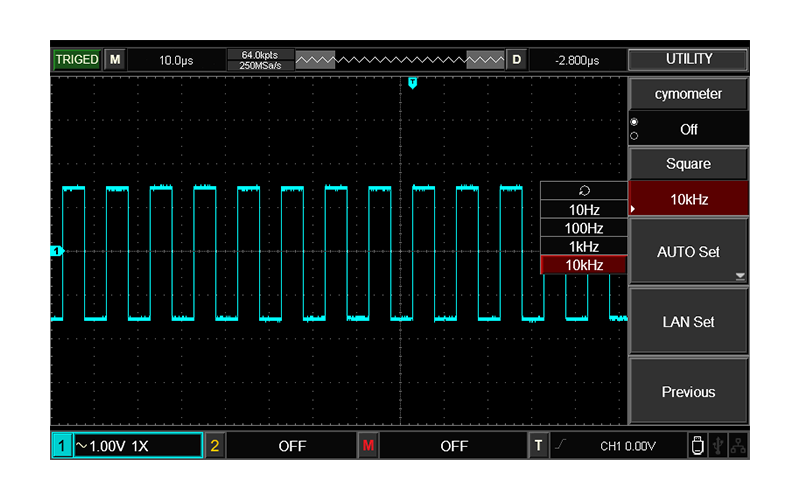
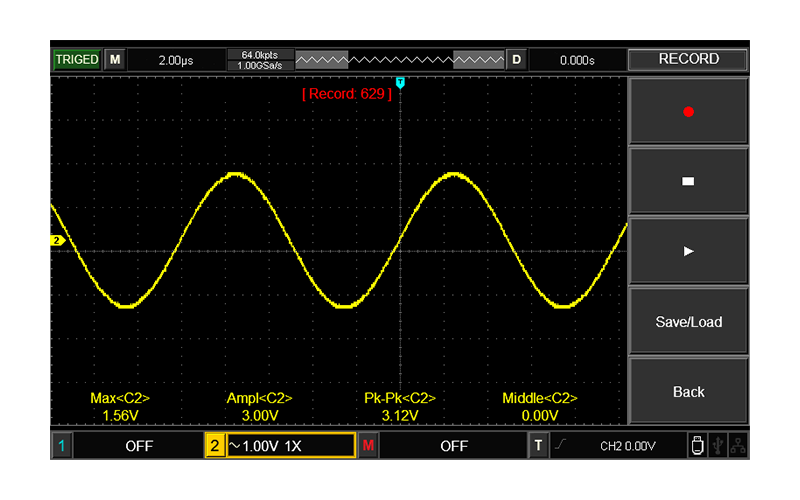
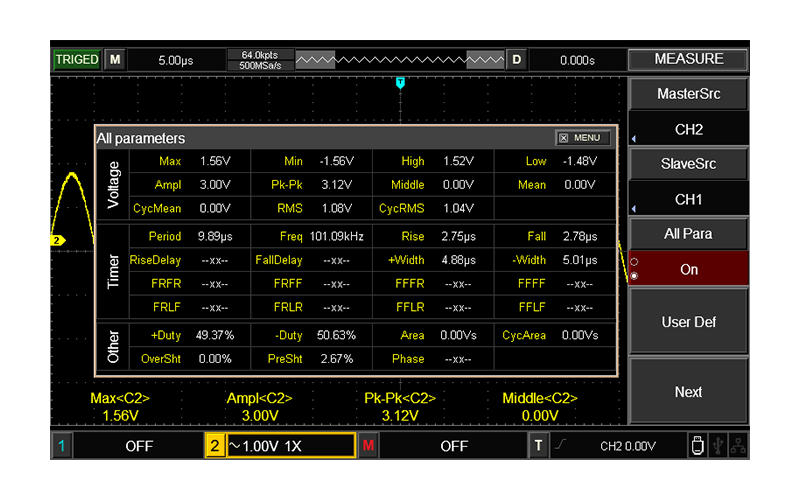
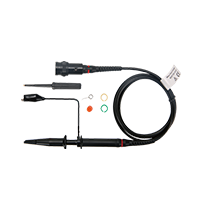
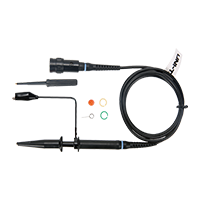
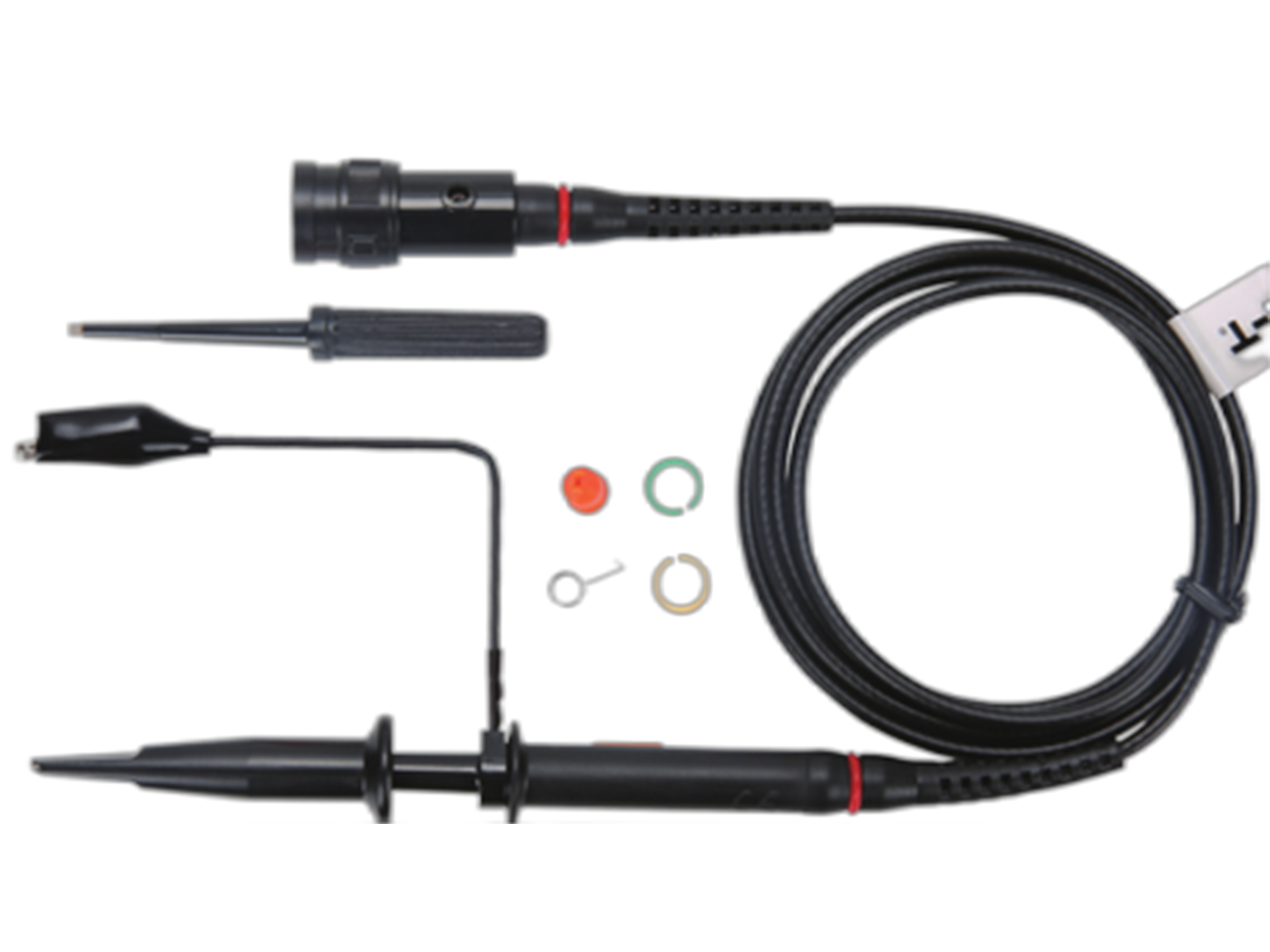
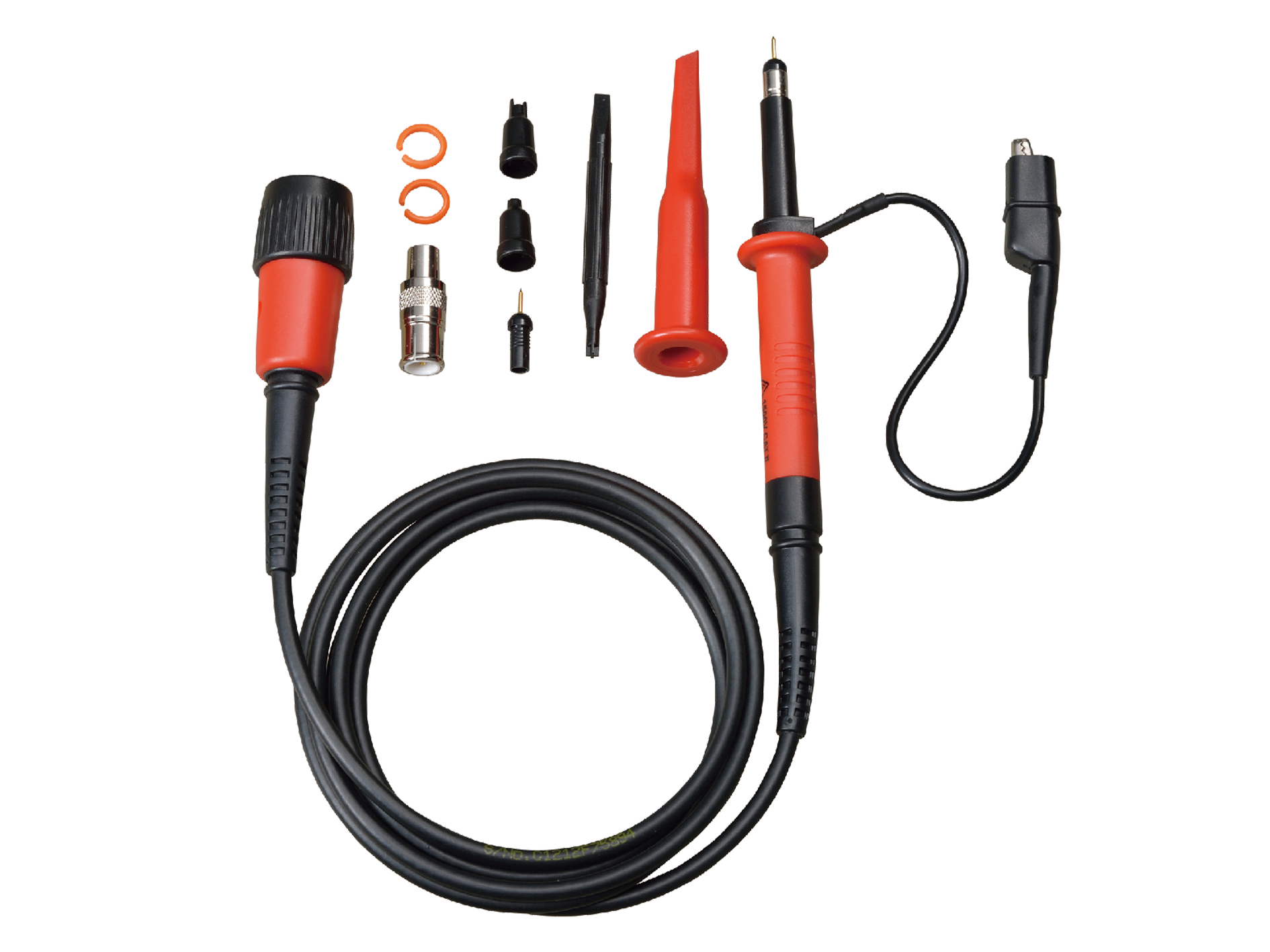
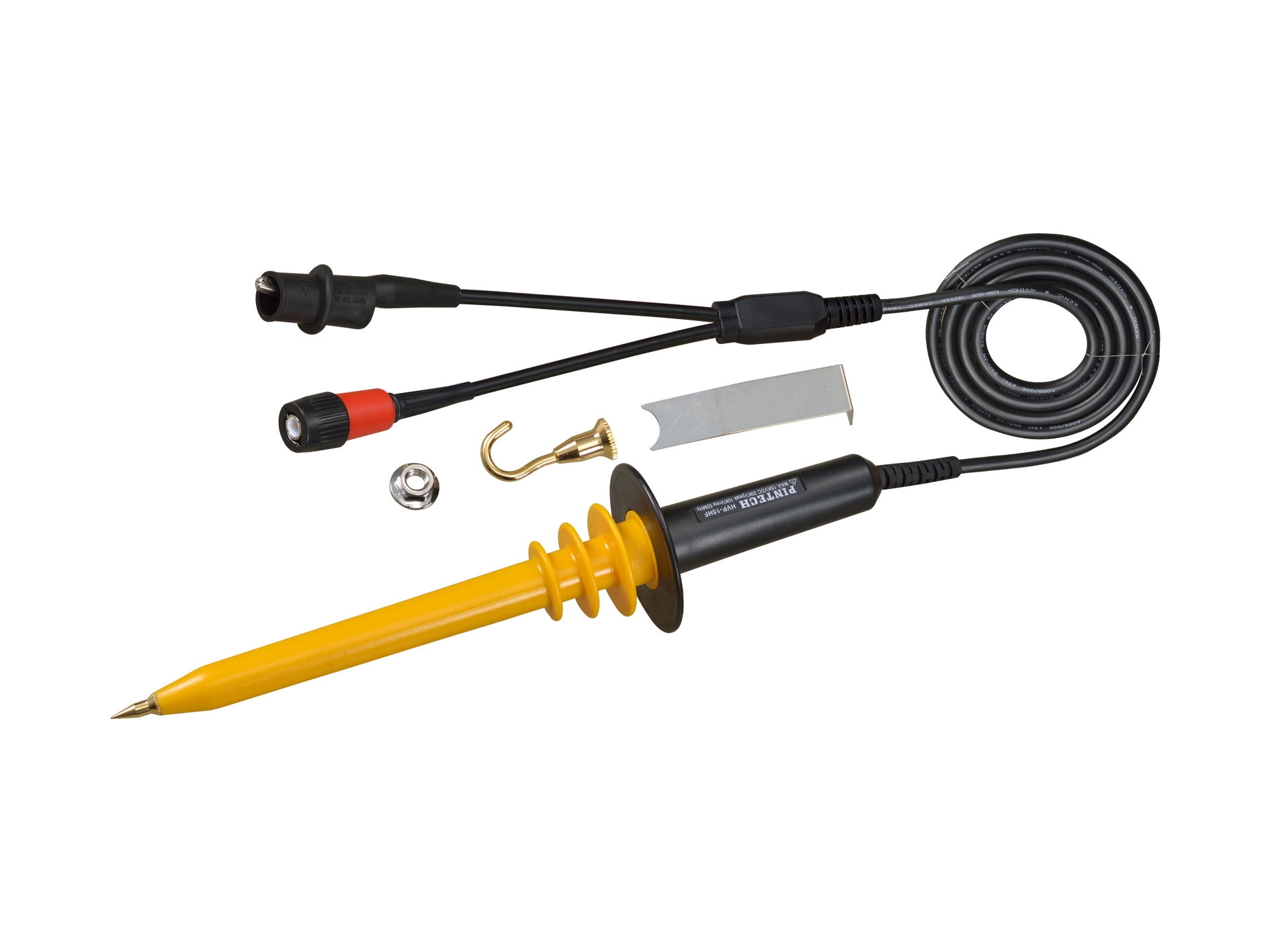
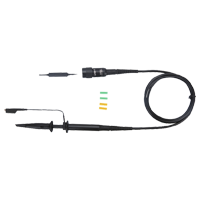
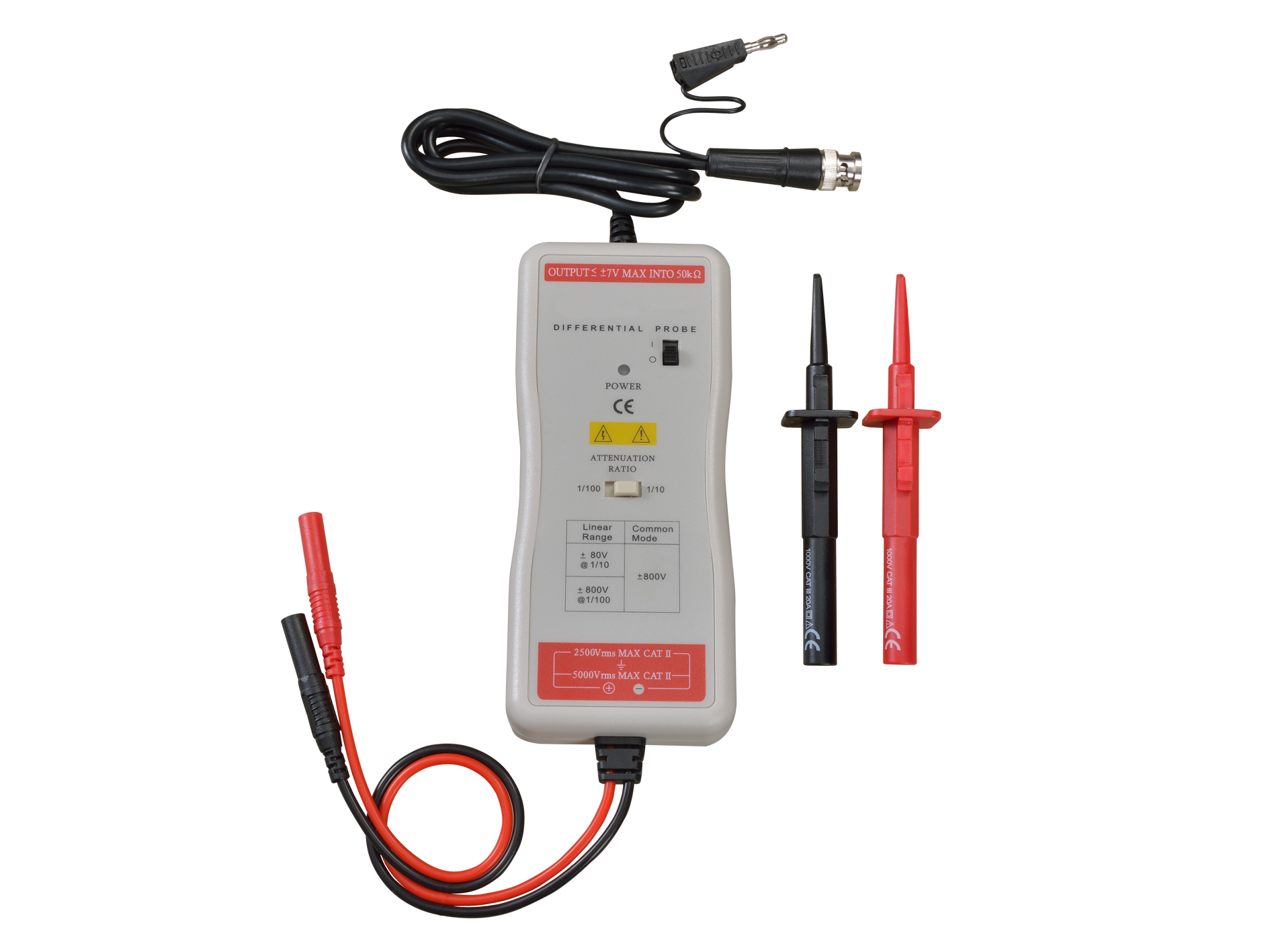
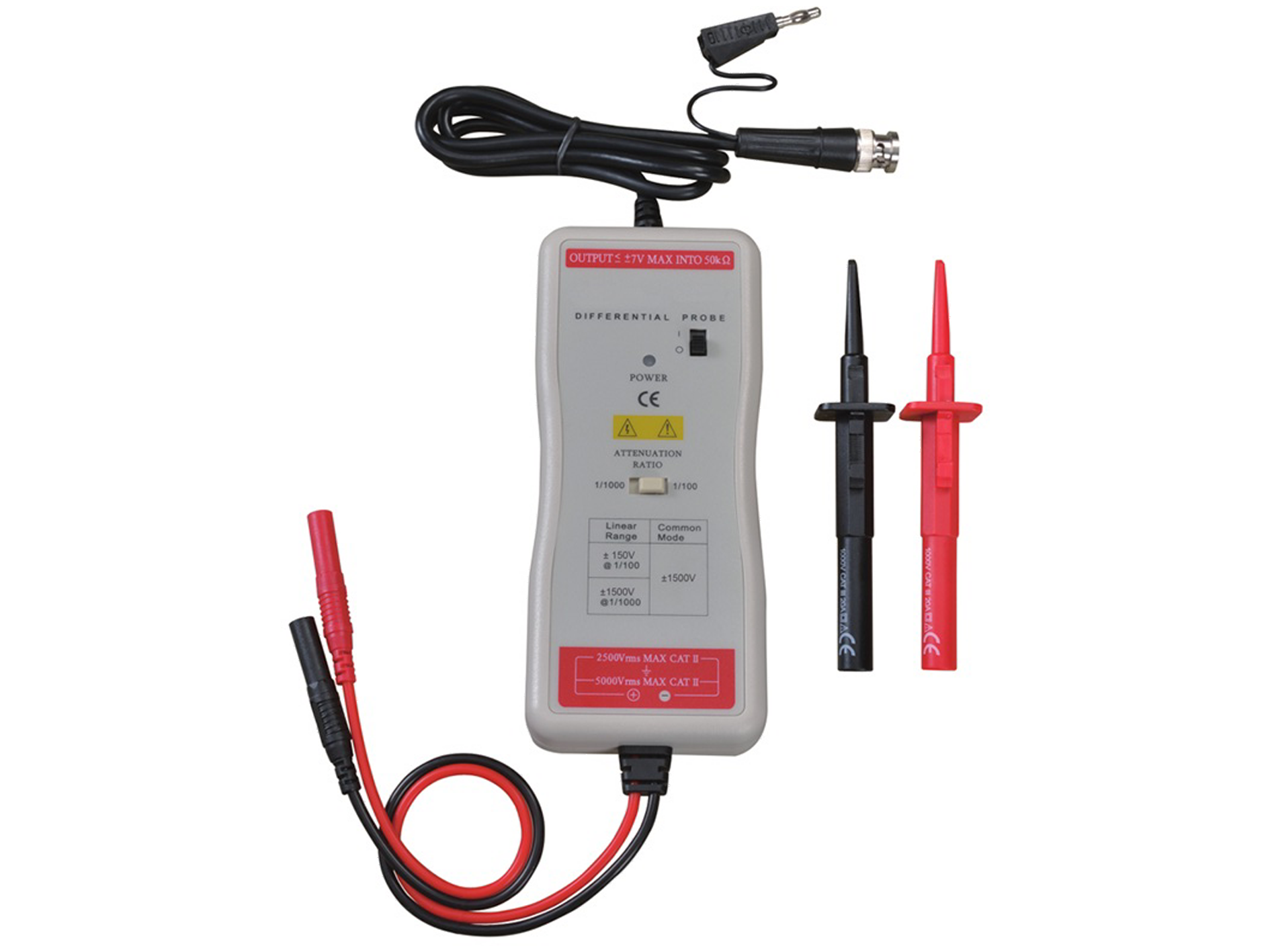
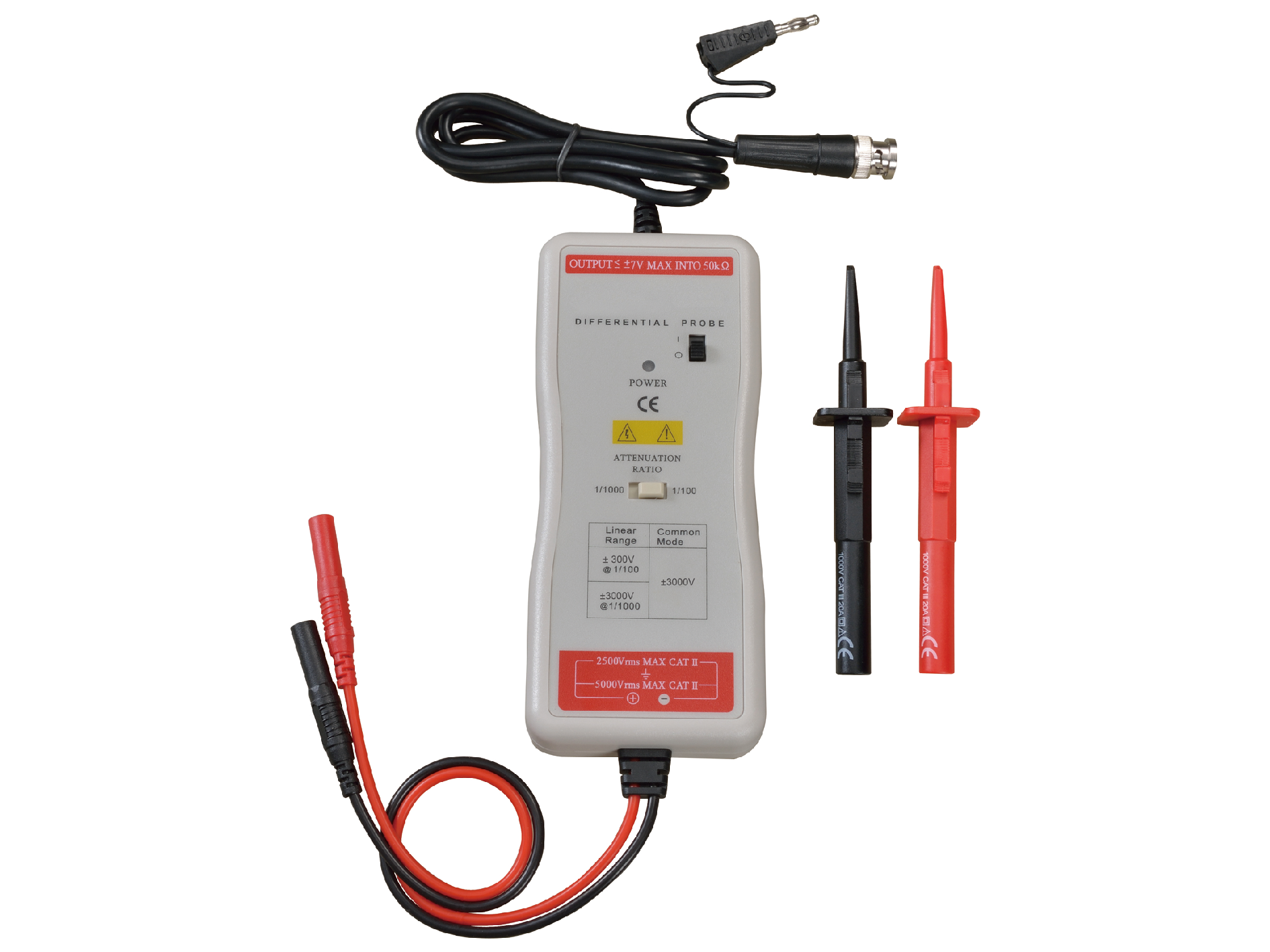
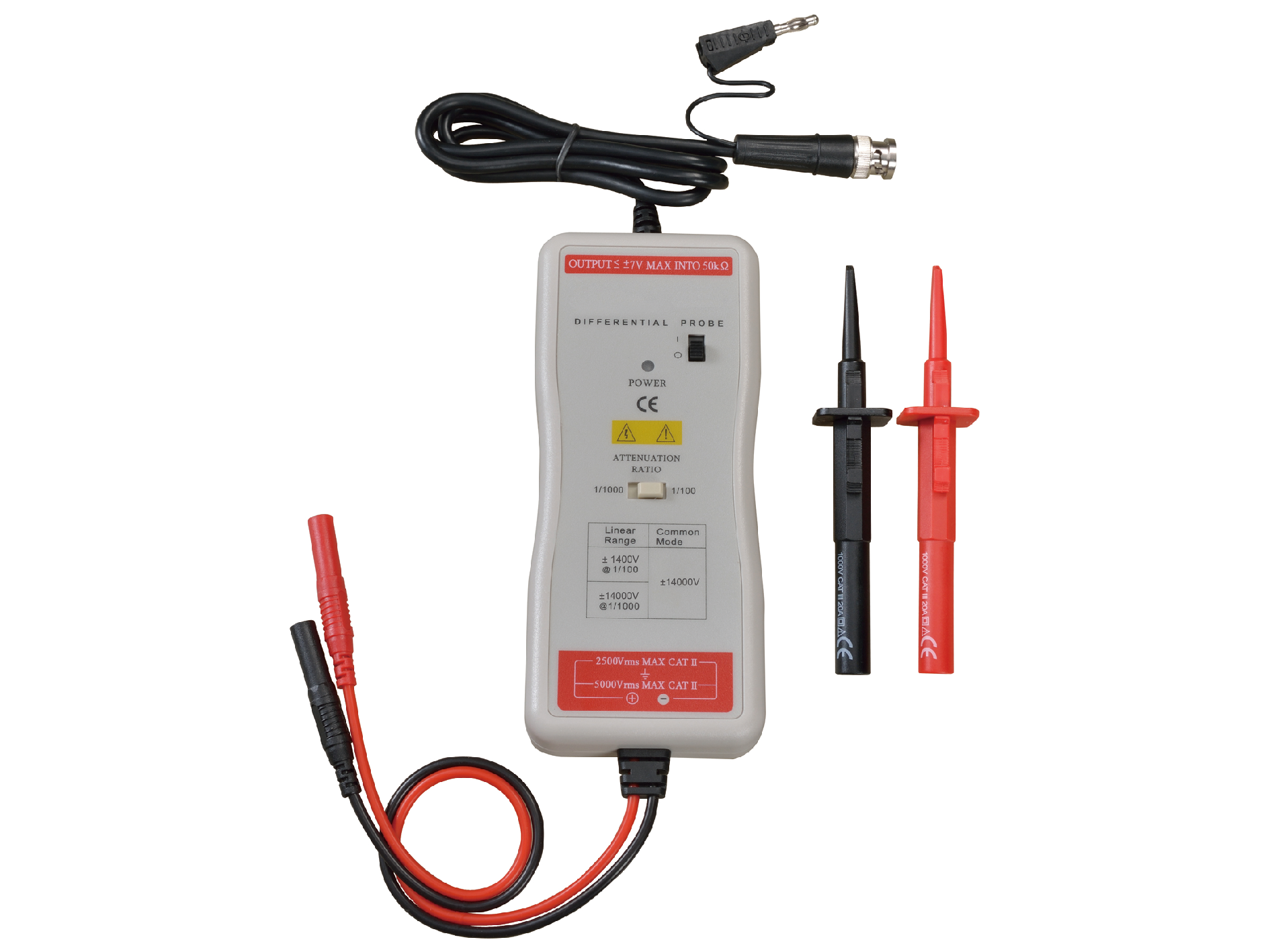
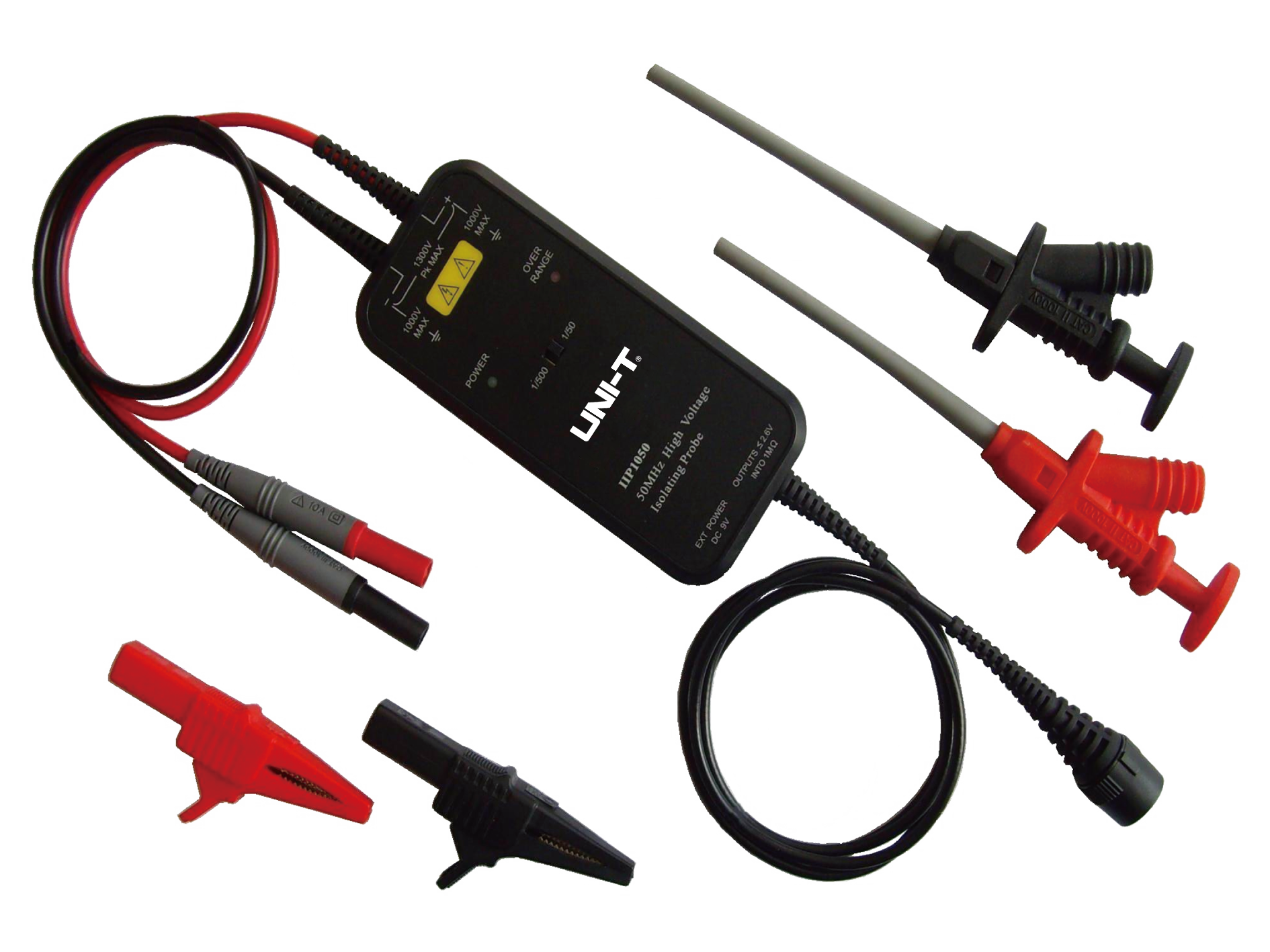
 EN
EN
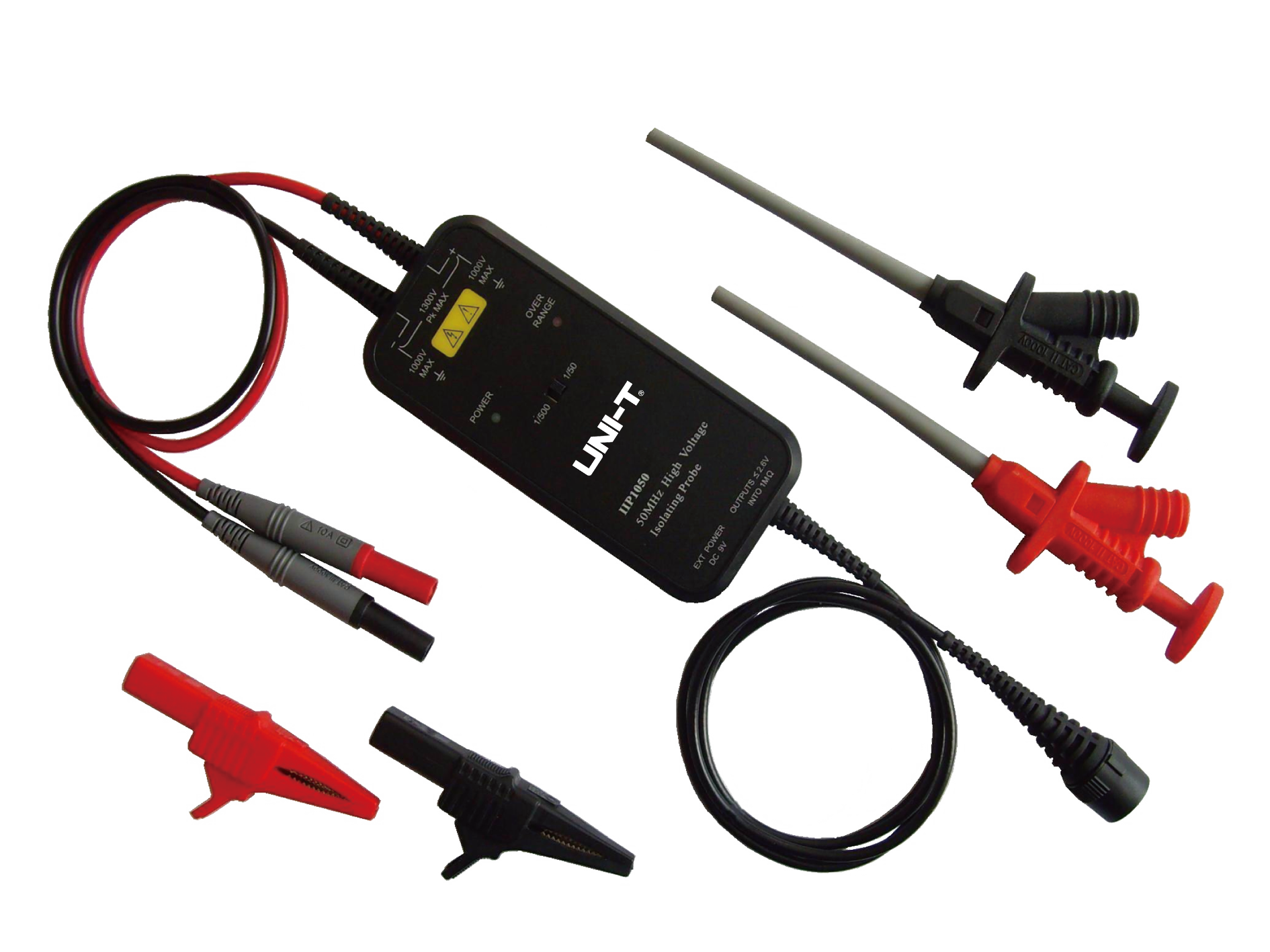
 EN
EN
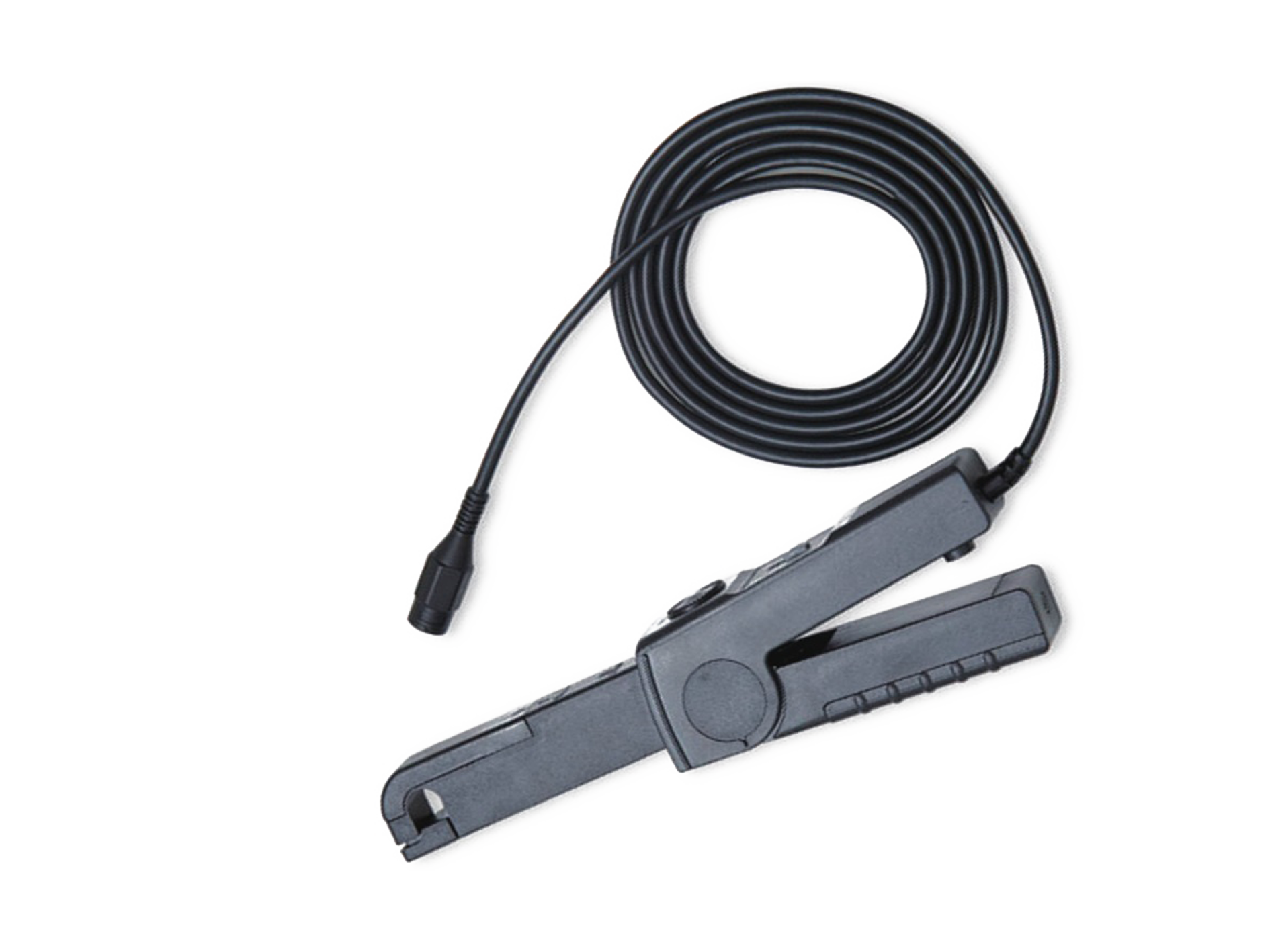
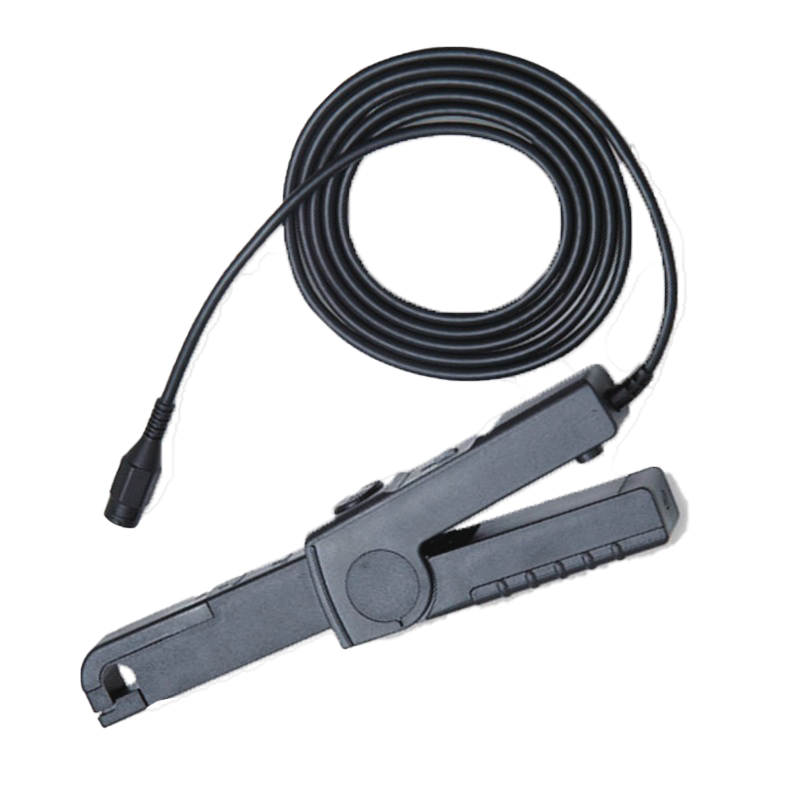
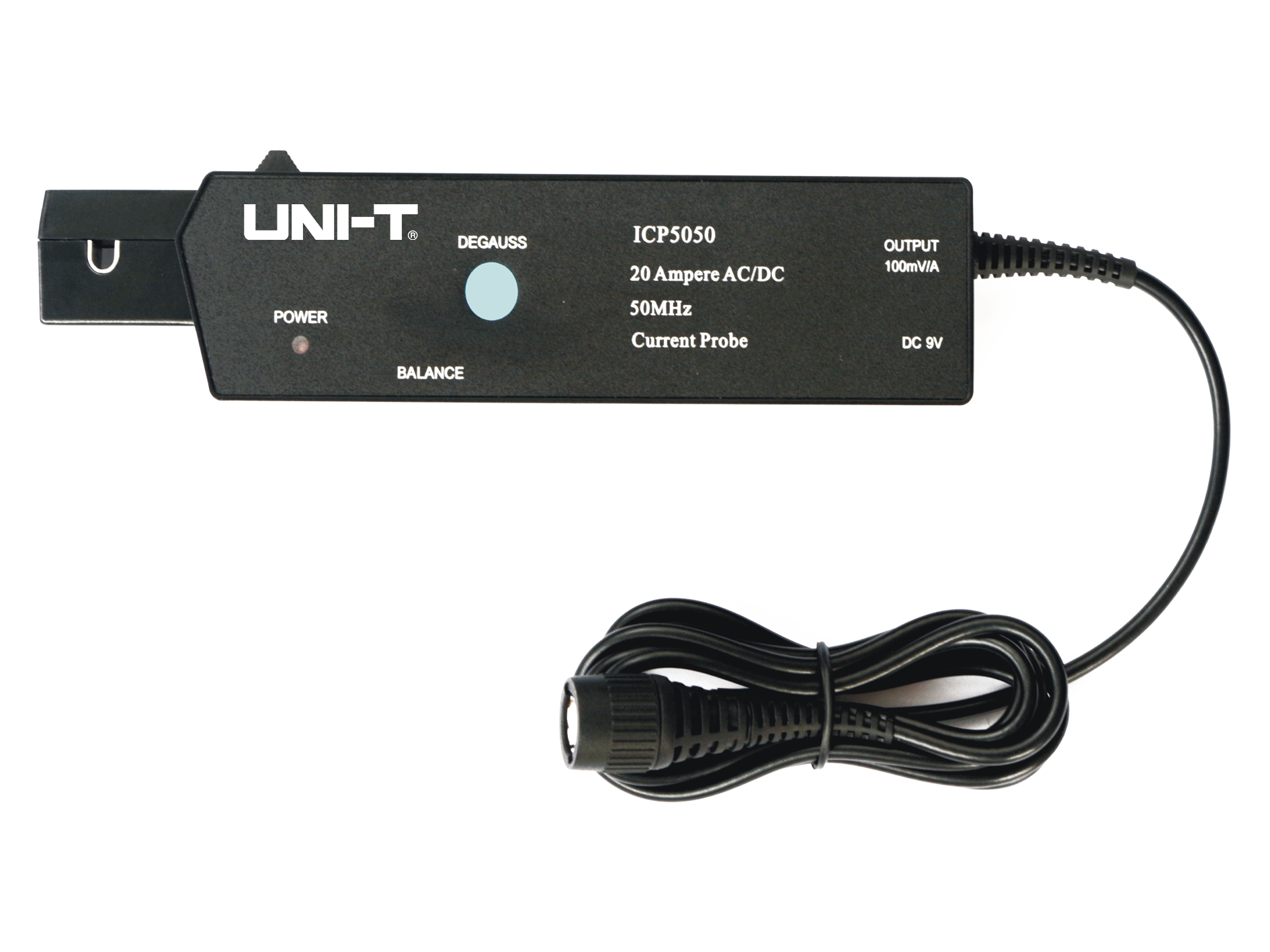
 EN
EN
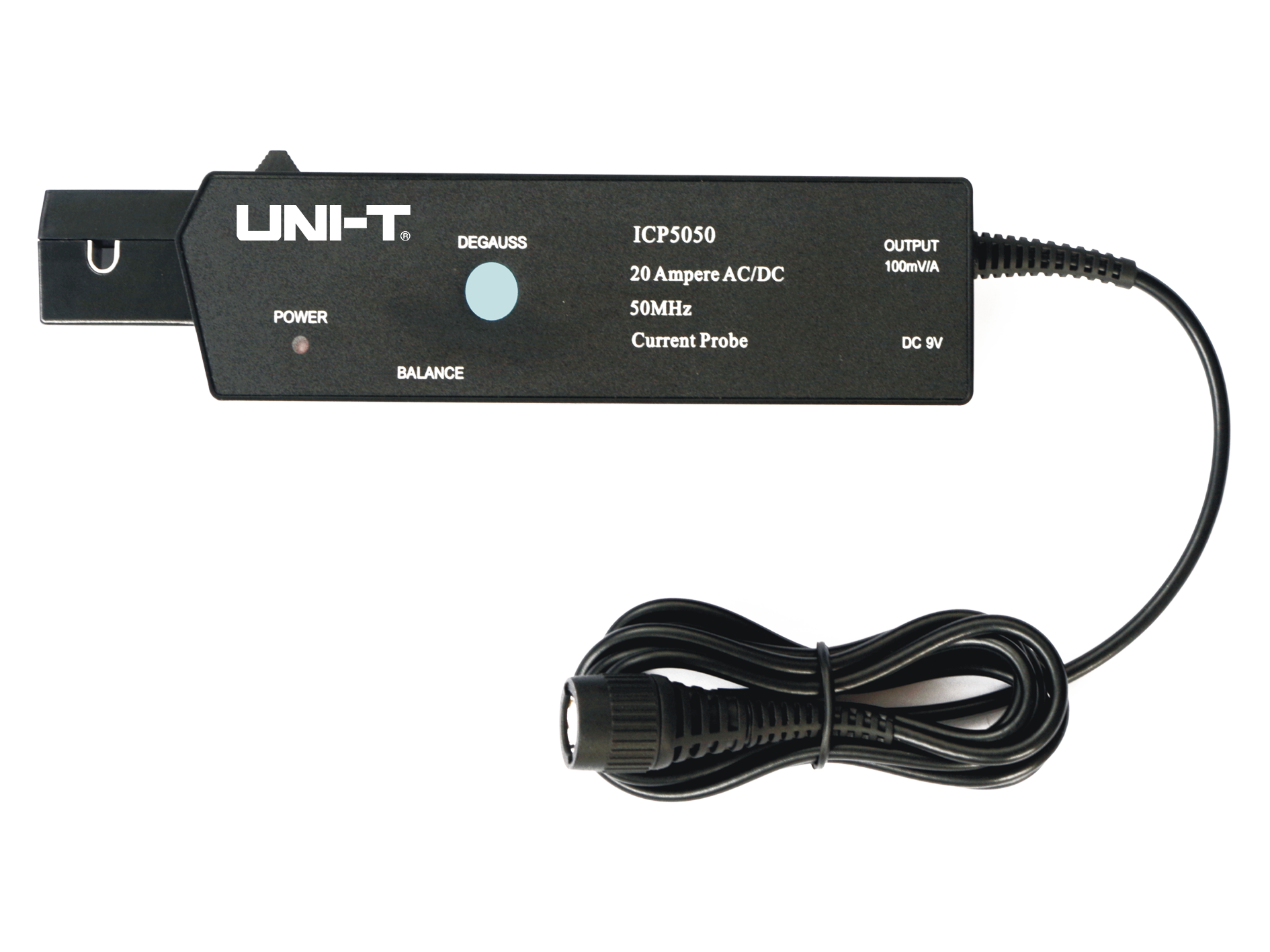
 EN
EN
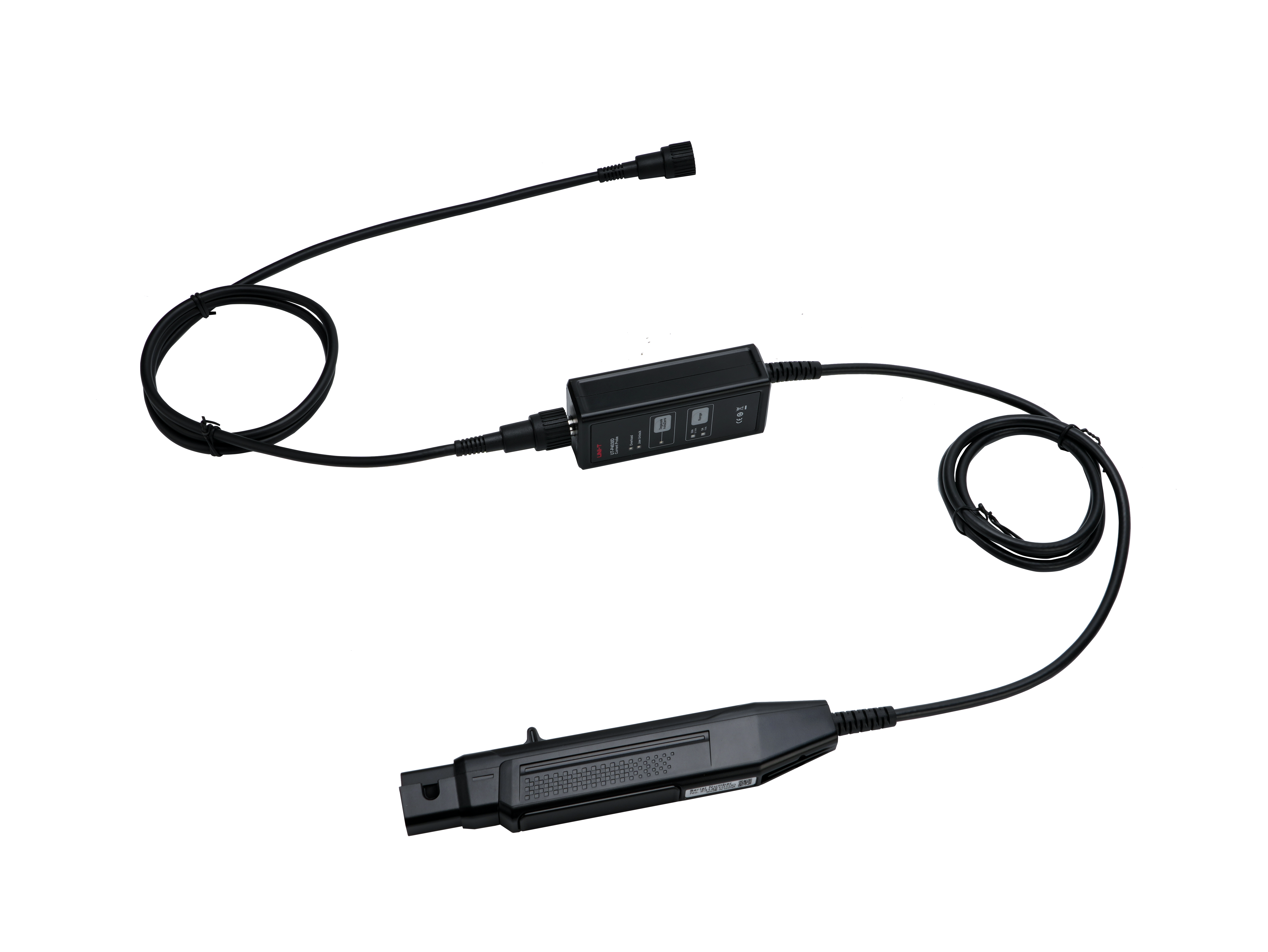
 EN
EN
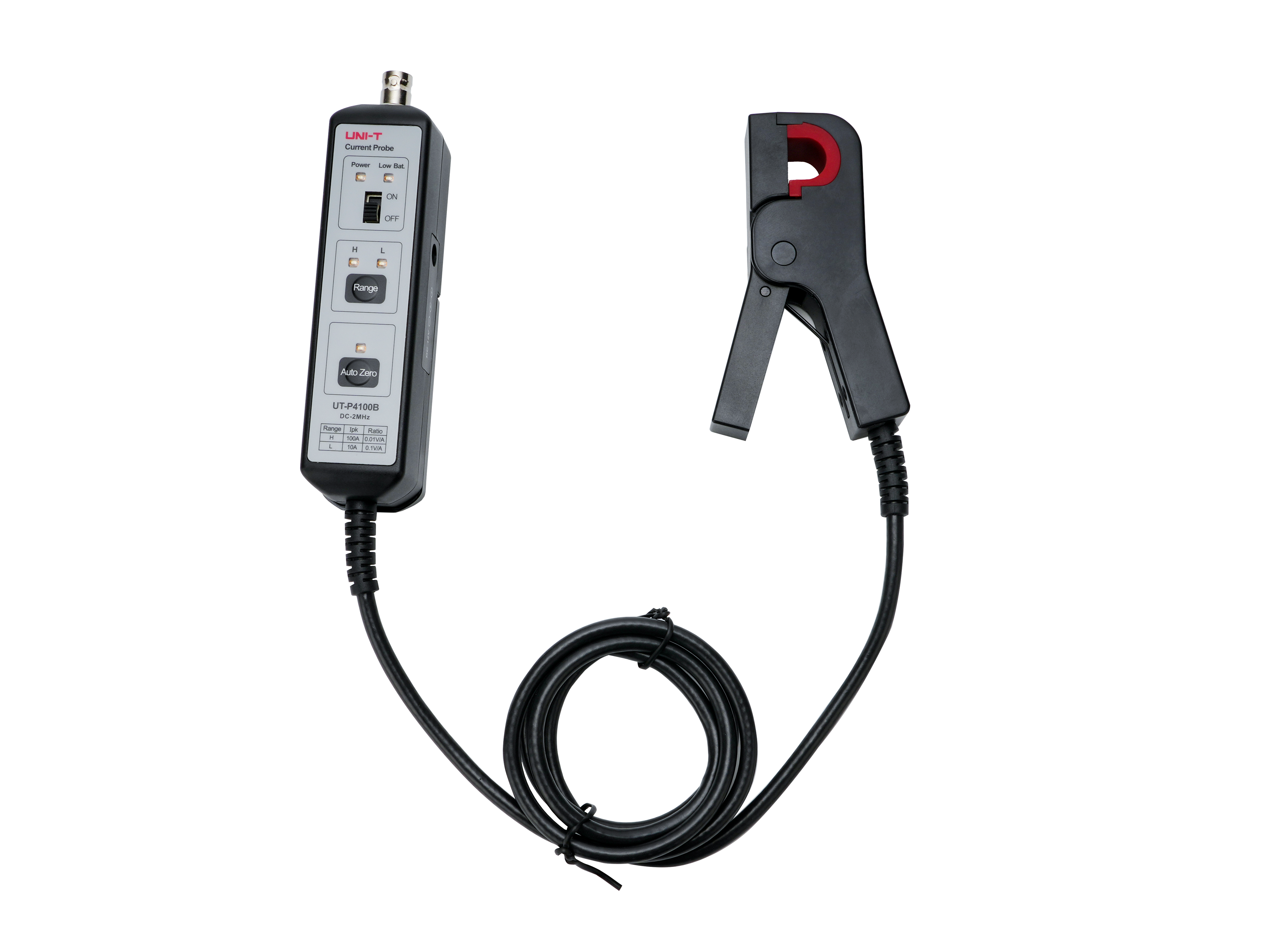
 EN
EN
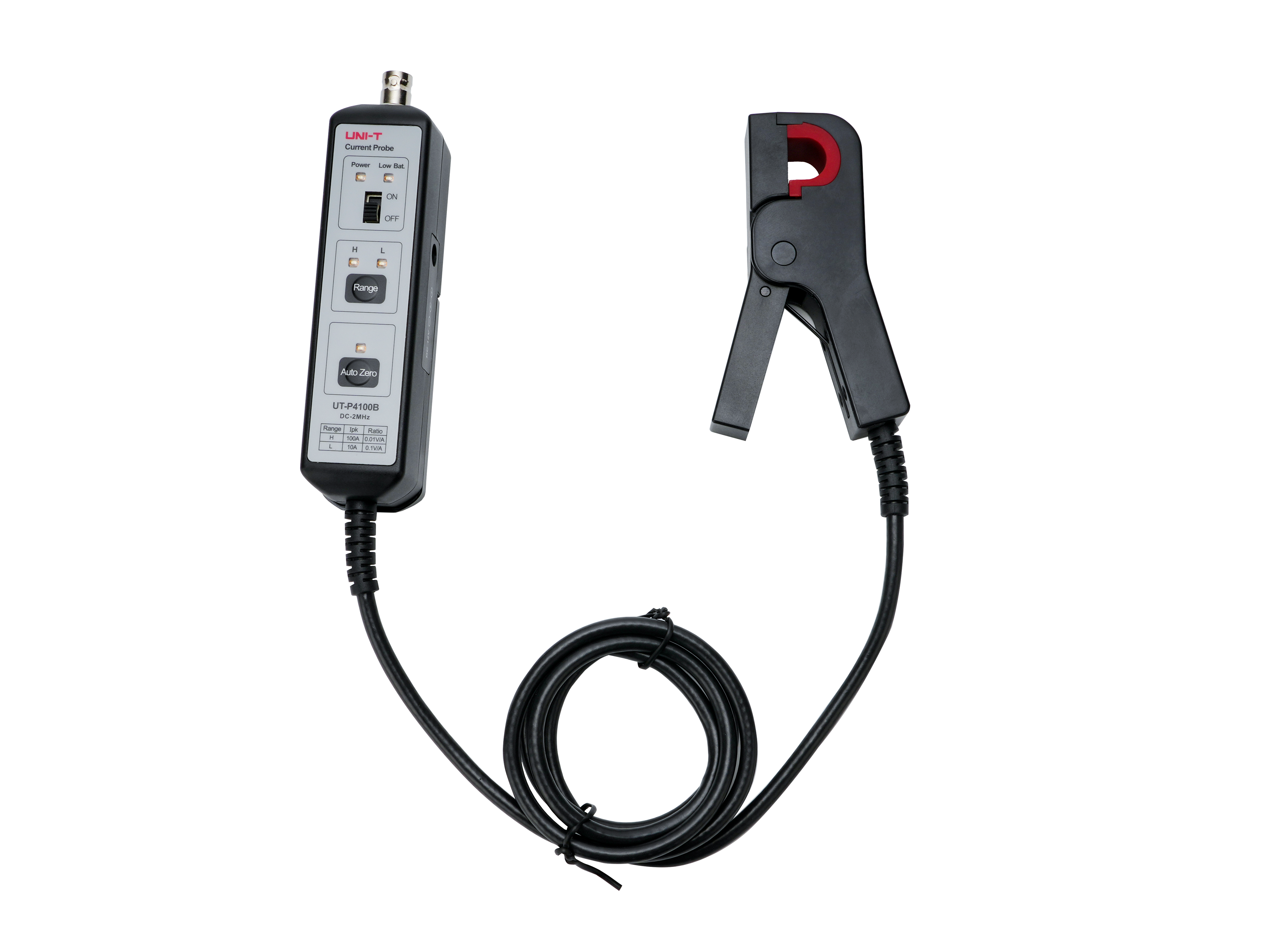
 EN
EN
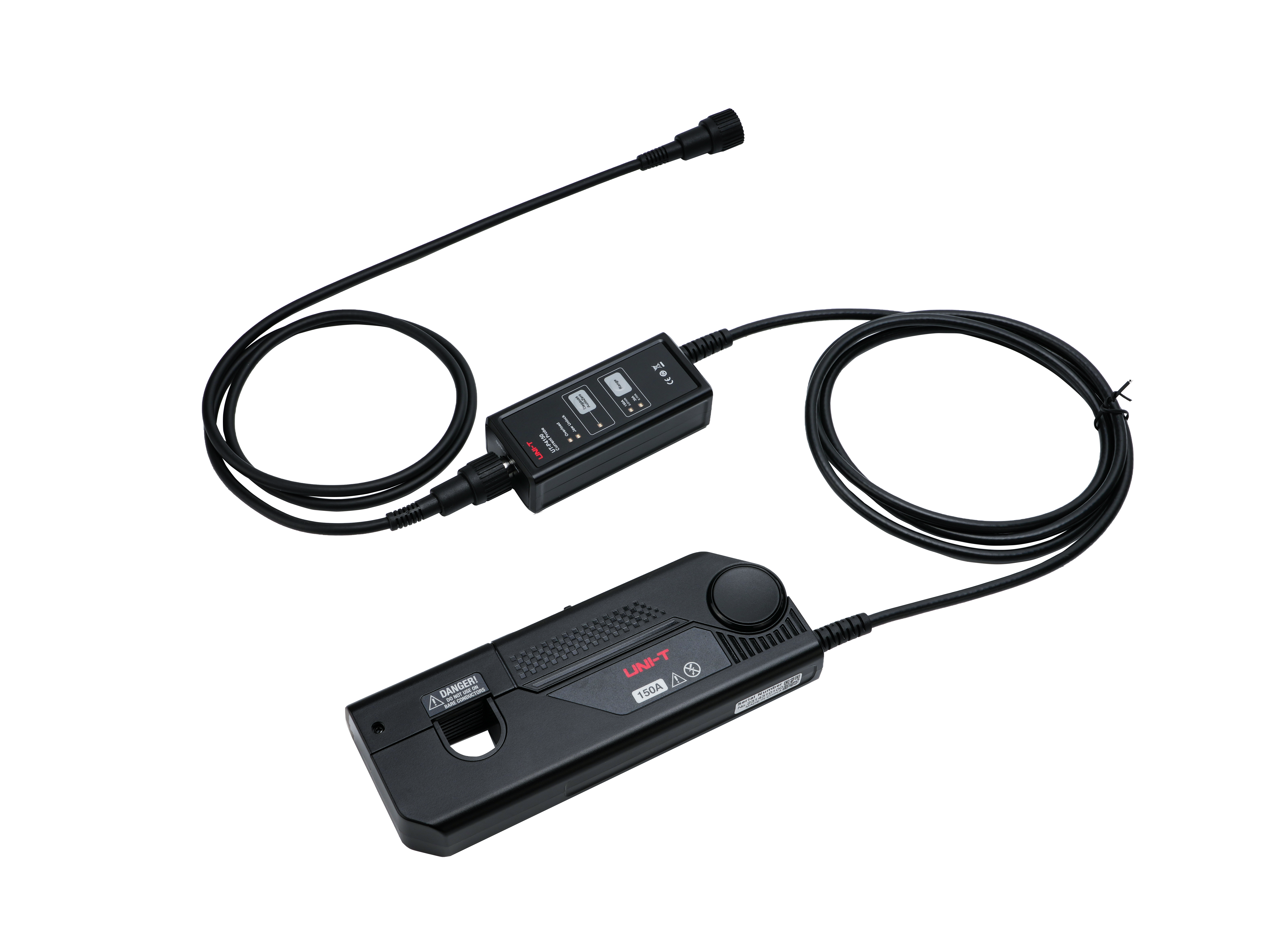
 EN
EN
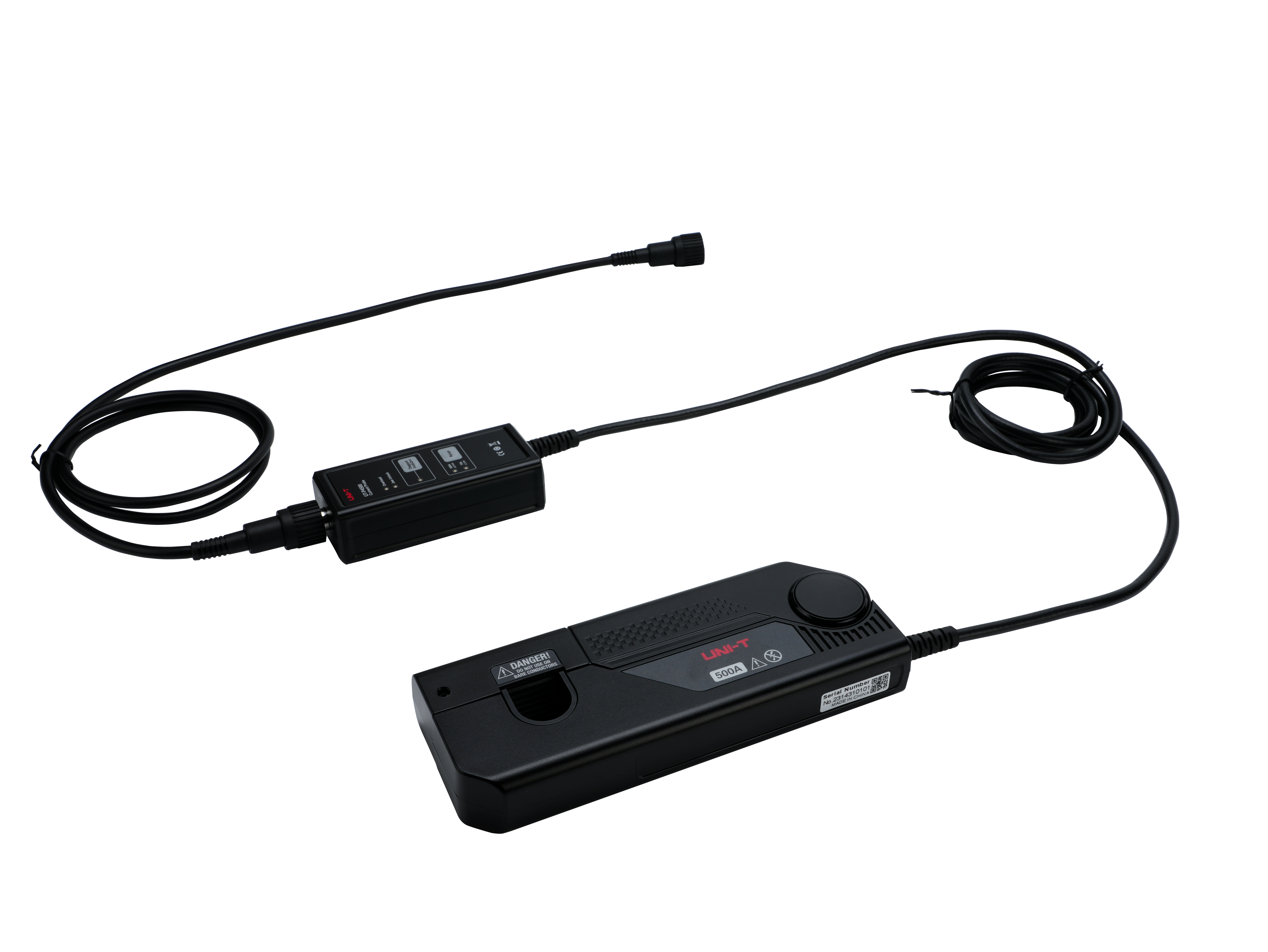
 EN
EN
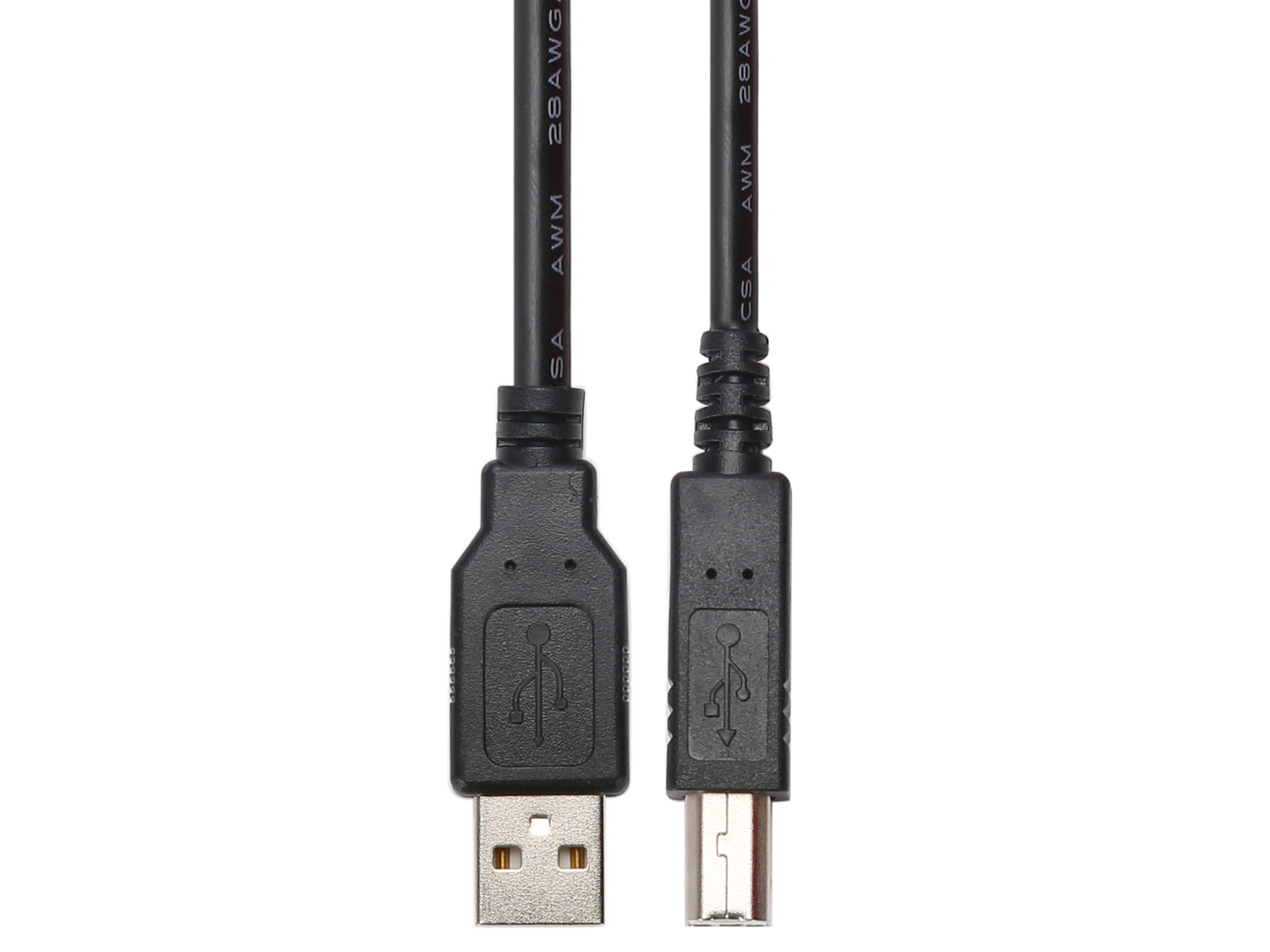
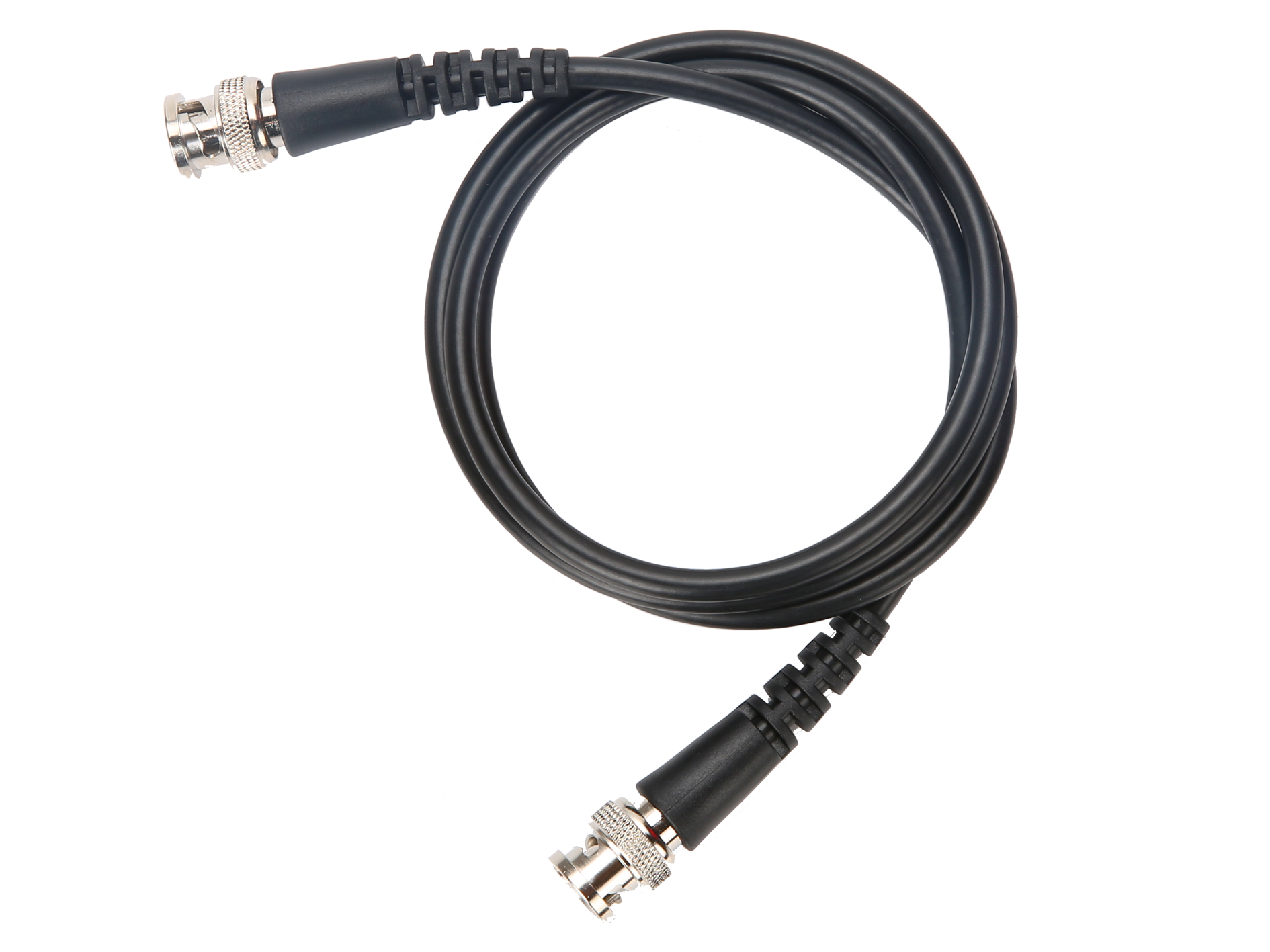
The cursor can be used, and the FFT memory depth is 1K points.
To save a waveform with the maximum possible number of data points, utilizing the full memory depth, the time base should be set as small as μs-ns, and the sampling rate should be adjusted relatively to the maximum. If it is not possible to save to the maximum number of points as indicated in the instrument's specifications, it may be necessary to check whether the information version has been updated for an upgrade.
When the amplitude range is switched to the minimum setting, the signal appears coarser, which is due to the oscilloscope's baseline noise, primarily caused by the analog front end and noise floor. This is unavoidable and does not affect measurements within an appropriate standard range. For example, in our UPO1000X series, the lowest noise floor at the 500 μV range is < 100 μVrms (282 μV).
The oscilloscope's noise floor refers to the vertical noise generated by the oscilloscope's analog front end and digital conversion process when the oscilloscope is set to the most sensitive vertical setting. The generation of baseline noise in the oscilloscope is caused by factors such as the noise within the circuit itself, power supply interference, and temperature. At the input port of the oscilloscope, due to the noise from the circuit itself or environmental interference, some minute voltage signals are generated. These signals are amplified to the same amplitude level as the measured signal, resulting in noise floor.



